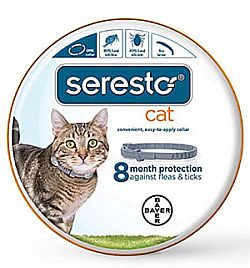Gillian Grannum – This feels almost like a “Believe it or Not” episode. Is it possible American broadcasters once served The People – and ratted out corporate miscreants like Bayer?
Here’s a November 2006 episode 10 years later.
Bayer Exposed ( HIV Contaminated Vaccine )
https://youtu.be/wg-52mHIjhs
Bayer Sells AIDS-Infected Drug Banned in U.S. in Europe, Asia
Unearthed documents show that the drug company Bayer sold millions of dollars worth of an injectable blood-clotting medicine — Factor VIII concentrate, intended for hemophiliacs — to Asian, Latin American, and some European countries in the mid-1980s, although they knew that it was tainted with AIDS.
Bayer knew about the fact that the drug was tainted and told the FDA to keep things under wraps while they made a profit off of a drug that infected its patients. If these allegations are true, then both Bayer and the FDA are at fault for this catastrophe. FDA regulators helped to keep the continued sales hidden, asking the company that the problem be ”quietly solved without alerting the Congress, the medical community and the public,” according to the minutes of a 1985 meeting.
SF Source Octomedia Channel Feb 2016
Hat tip, A.
[widget id=”text-44″]

 James Corbett – As the world marks the passing of the 100th anniversary of the use of poison gas on the battlefield, James takes a moment to note some of the dark legacy of Bayer that the German chemical/pharmaceutical giant would prefer you didn’t know.
James Corbett – As the world marks the passing of the 100th anniversary of the use of poison gas on the battlefield, James takes a moment to note some of the dark legacy of Bayer that the German chemical/pharmaceutical giant would prefer you didn’t know.